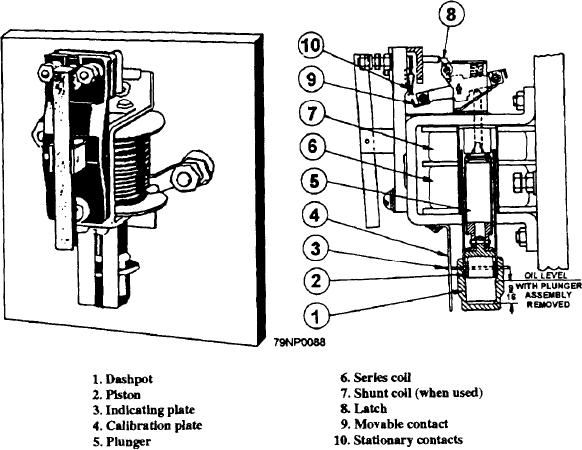
Figure 2-41.--A magnetic overload relay.
two-wire control. They have a series coil (6) carrying
identifying the various parts are shown in views A and
the load current and a shunt holding coil (7) mounted
B, respectively.
above the series coil. These two coils are connected so
In an installation, the operating (series) coil (6) is
that their respective fields aid each other. Then, when
connected in series with the protected circuit. Normal
an overload occurs, the plunger moves up into the
current through the coil will have no effect on relay
shunt-connected field coil. It is held in the tripped
operation. If an overload occurs, increased current will
position until the shunt coil is de-energized, which can
flow through the coil and cause an increase in the
be accomplished when a reset button or some other form
magnetic flux around the coil. When the flux becomes
of contact (switch) device is pressed.
great enough, the iron plunger (5) will be lifted into the
Before placing the overload relay in service, raise
center of the coil, opening the contacts (9 and 10). This
the indicating plate (3) to allow the dashpot (1) to be
action opens the control circuit to the main contactor in
unscrewed from the relay. Lift out the plunger (5) and
series with the motor terminals, which disconnects the
make certain all of the internal parts are clean. Place
motor from the line.
about nine-sixteenths of an inch of dashpot oil
To keep the relay from operating when the motor is
(furnished with the relay) in the dashpot. Replace the
drawing a heavy but normal starting current, an oil
plunger and indicating plate, and then screw the dashpot
on the relay to the desired setting.
dashpot mechanism (1 and 2) is built in. This gives a
time delay action that is inversely proportional to the
The relay is calibrated at the factory for the
amount of overload.
individual application. The current values for which it
is calibrated are stamped on the calibration plate (4).
Overload relays may use either single or double
The marked values are minimum, maximum, and
coils. In addition, the single-coil overload relay maybe
midpoint currents.
obtained with or without a manual latching control (8).
Relays with manual latching are used on three-wire
You can set the operating points by first raising the
controls and reset automatically after an overload has
indicating plate (3), which allows the dashpot to be
occurred. Double-coil overload relays are used for
2-35

